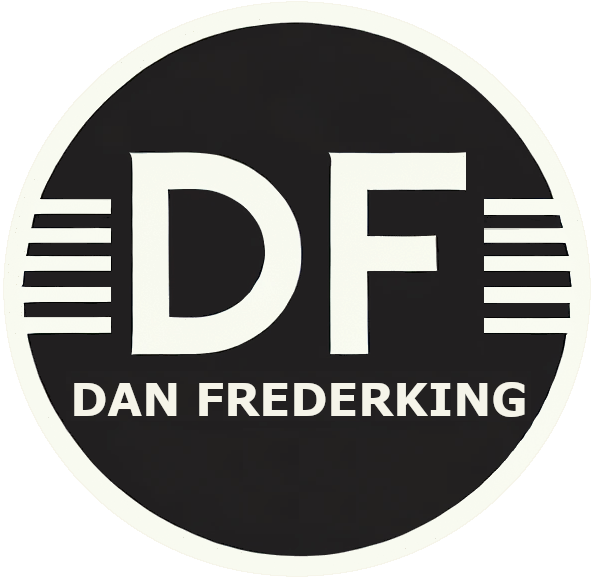The concept of data literacy in education could use a little explaining. In order to implement a data-driven education system, the educators themselves must be knowledgeable of how to properly collect, analyze, and use data to improve schools. It’s not enough to just administer and reflect on the state achievement tests. The education field has a myriad of ways to utilize data to improve the quality of students’ education and it’s not all about assessments.
This is something I’ve worked with and written on quite a bit, including in my dissertation back in 2018. In this blog post, I’m going to dig a little more into how data literacy can be improved, drawing on my own experiences working with the topic.
What is Data Literacy in Education?
Data literacy in education refers to the ability of educators and school leaders to understand, interpret, and use data effectively to inform decisions and improve outcomes. It goes beyond simply reading test scores or spreadsheets; it’s about asking the right questions, recognizing patterns, and drawing meaningful conclusions from various types of data, whether academic, behavioral, or operational.
In the classroom, data-literate educators use assessment data to tailor instruction to individual student needs. At the school level, leaders rely on attendance, discipline, and achievement data to identify trends, allocate resources, and set goals. It’s common to think that it’s all about test scores, but I want to stress that assessment data is only a piece of the puzzle. There is so much information at the fingertips of educators; they just need to know what to do with it.
As schools collect more information than ever before, building a strong foundation in data literacy is no longer optionall. When educators are equipped to analyze and act on data, they can more effectively support student learning and drive continuous improvement across the system.
How are Educators Learning Data Literacy?
The topic of how (and where) educators are learning data literacy is close to my heart. Aside from my aforementioned dissertation, I also was involved in the publication of this Data Literacy Resource Guide with some colleagues at Northern Arizona University. As can be seen in both of these links, colleges of education really are trying to build data literacy in their graduates, but it’s not easy.
Educator preparation programs run into some problems when trying to prepare their students for data-based careers. It’s incredibly hard due to the preparation programs not knowing exactly what teachers will encounter in their careers. Schools utilize data at different levels and use different tools, so it can only be taught in generalities in college. Plus, the preparation programs have to prepare teachers of all disciplines and grade levels, so there is a lot of ground to cover there too.
Generally, there are two ways that data instruction can appear in an educator preparation program:
- It can appear as a standalone class (or classes)
- It can be integrated into other classes
I personally never took a data or assessment specific class, so I guess my program followed the second of these two methods. But, again, looking at my personal experience, I was learning to be a high school English teacher. I took classes in the English department and in the education department. The education department would be the logical place for me to learn about education data usage, but all of my classes had a mixture of students from various disciplines (English, math, music, etc.). It was incredibly difficult to teach about data usage when the data for each of these disciplines can look so different.
One issue that often arises is the emphasis that is placed on theoretical lessons instead of practical experiences. Teaching about using data is often not enough; teachers need the experience of using data too. There’s often a tendency for data literacy learning to be based more on direct instruction than on practical experiences. Teachers then enter their first years without really knowing how to put these lessons to use.
That often leaves student teaching and other clinical experiences as the best places to learn about data literacy. This was the main experience I had with it prior to entering the workforce. But I have to say, it wasn’t enough. Student teaching is such a chaotic time where I’m trying to learn basic things like classroom management, I don’t feel like I picked up much about data.
So that leaves the majority of the education up to the employers. If a school wants a data literate workforce, they need to build it into professional development. The practical experiences should be frequent and teachers should be asked to work with data on a daily basis. Data discussion should be a regular expectation. School leaders should provide constant opportunities for data discussions (Pro tip: try using the Collective Wisdom Data Analysis Protocol as a guide).
What Does the Research Say About Data Literacy in Education?
In the research and writing I’ve done on the topic, I always come back to one book: Data Literacy for Educators: Making It Count in Teacher Preparation and Practice by Ellen B. Mandinach and Edith S. Gummer. In it, they discuss the distinction of “data literacy” and “assessment literacy”. They say, “We maintain that assessments are a key part of the educational process, one in which there must be a tight feedback loop of instruction, assessment and its findings, and refined instruction. But we also maintain that assessments must be one of many sources of data that provide the essential information about students. For teachers to gain a comprehensive understanding of their students, they must use diverse sources of data to inform their practice” (p. 34).
The emphasis on non-assessment data cannot be overstated here. Education data is sometimes looked down upon because it is associated with the standardized testing movement that is present in the field and intensified with the passage of the controversial No Child Left Behind act. But just because large-scale assessments aren’t always popular does not mean that education data as a whole should be looked down upon.
The Data Quality Campaign designed a Data Literacy Policy Framework that lays out the following components for effective data use:
- Continuously: using data as part of daily routines and on an ongoing basis, rather than as a one-time event
- Effectively: using data to inform improved and tailored instruction, collaboration with colleagues, and other prac- tices for the purposes of improving student learning
- Ethically: using information with professionalism and integrity, for intended uses only, and with consciousness of the need to protect student privacy
- Access: know the multiple types of data available (including but not limited to assessment data), understand which data are appropriate to address the question at hand, and know how to get the data (through electronic or other sources)
- Interpret: take data and analyze and/or synthesize them to turn them into information appropriate for addressing the given problem or question
- Act: take relevant information and apply it to generate further questions and/or apply it to decisionmaking appropriate to the given question
- Communicate: share data points and the informa-
tion synthesized from relevant data with stakeholders including parents, students, peers, principals, and others as applicable, to generate further questions, inform decisionmaking, or provide a better understanding of student learning
I think this is a great summary of what teachers and school leaders should know and be able to do in regards to data usage. If a school district cannot honestly look at their workforce and determine that they are capable of these skills, then increasing data literacy should become an immediate priority.
In their book, Mandinach and Gummer lay out suggestions on how education preparation programs and in-service teacher professional development programs can teach data literacy. At the start of the program, foundational data literacy knowledge needs to be taught including topics like how data can be gathered through multiple sources and the ethical use of data. Next, they suggest threading data literacy throughout programs of study like field experiences. They also suggest addressing culturally responsive practices and technology like data dashboards, data collection tools, and spreadsheet functions. Ultimately, they promote an integrated approach to teaching data literacy instead of a stand-alone course.
Who Holds the Responsibility?
Of course educator preparation programs must do their part to prepare a data literacy workforce, but there are some real barriers in the way that make it difficult. My honest opinion is that the largest amount of responsibility has to fall on the shoulders of the schools or school districts themselves. They are the ones who have set up the data infrastructure that is specifically being used by their educators. They need to ensure the teachers are informed of the data at hand and prepared to use it effectively. This takes hard work and planning. It also takes a lot of opportunities for putting the skills to use. That means building a data culture that is more than just an ask, it’s an expectation.








